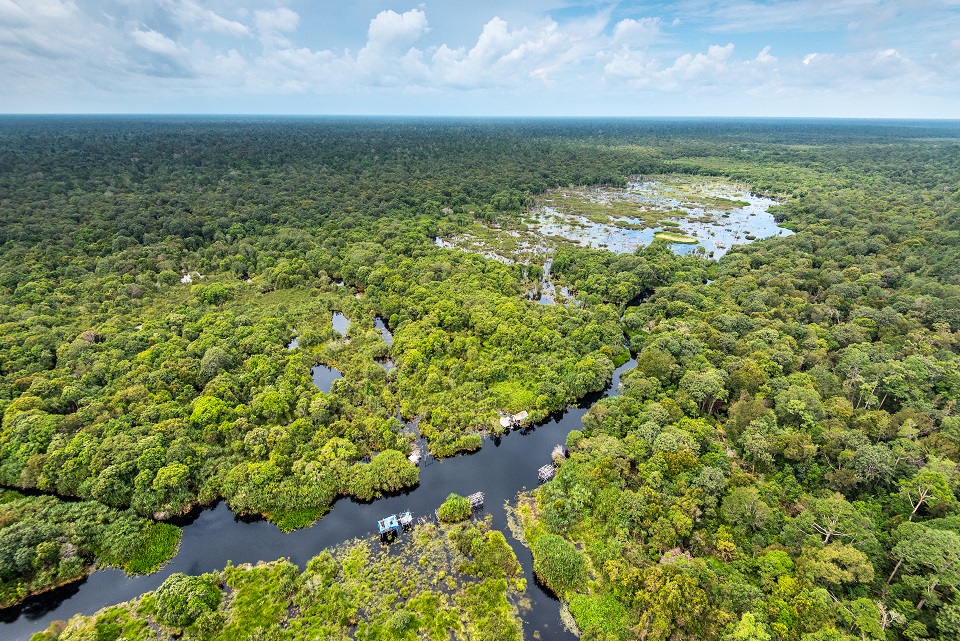As the climate crisis accelerates, one truth remains largely unspoken: agriculture is both one of the biggest problems—and potentially the biggest solution.
Globally, food systems are responsible for nearly 30% of greenhouse gas emissions. In tropical countries, agriculture drives over 90% of deforestation. Yet, astonishingly, only 4.3% of public climate finance is allocated to agriculture. That’s the math behind a crisis—and an opportunity.
🌾 The Broken Logic of Land Use
Take Brazil, for example: the world’s third-largest emitter from land-use change. Millions of hectares of forest are cleared each year, largely for soy, beef, and palm oil production. Yet over 400 million hectares of land globally have already been degraded by unsustainable farming, left barren and underproductive.
Why, then, do we keep cutting down forests to grow food, when degraded land could be restored and repurposed?
It’s not a technological problem—it’s a financial one.
Banks and investors tend to view climate-smart agriculture as high-risk and low-return. Credit remains expensive. Smallholders struggle to access long-term capital. And most carbon markets are still biased toward forestry, ignoring the emissions reductions possible from regenerative farming.
💸 A New Financing Frontier: Brazil’s CCAT Model
Enter the Catalytic Capital for Agriculture Transition (CCAT) initiative, launched in 2024 by Brazil in partnership with the Bezos Earth Fund, Rockefeller Foundation, and major development banks.
Its goal? To de-risk private investment in sustainable farming on degraded land, while protecting standing forests. The idea is simple but transformative: offer blended finance packages (combining grants, loans, guarantees) to unlock the estimated $1 trillion needed to transform food systems globally.
Under CCAT, farmers get access to upfront capital, technical support, and carbon credit revenues—making it viable to transition to regenerative practices like agroforestry, cover cropping, and rotational grazing.
The program is being piloted in Pará, one of the Amazon’s most deforested states, with plans to scale across Latin America and Southeast Asia.
🌍 The Broader Movement: From Forests to Food Systems
CCAT isn’t alone. The Tropical Forest Forever Facility, proposed by Colombia and backed by several African and Pacific nations, aims to pay forested countries to preserve their carbon sinks indefinitely—but only if their agricultural sectors simultaneously shift toward sustainable production.
The logic is clear: there’s no point paying to protect trees while funding agriculture that cuts them down.
This paradigm shift—seeing agriculture not as the enemy of conservation but its partner—is gaining ground. It aligns with the IPCC’s latest findings that food system reform is essential to meet 1.5°C targets.
🚜 The Challenge Ahead
Of course, success isn’t guaranteed. These models require massive coordination: between governments, indigenous communities, farmers, financiers, and carbon markets. Land tenure rights, especially in the Amazon and Congo Basin, remain a legal minefield. And global commodity demand hasn’t slowed down.
But the alternative—business as usual—is already costing us climate stability, biodiversity, and food security.
In 2025, agriculture isn’t just about feeding the world. It’s about saving it.


3 comments
Et harum quidem rerum facilis est et expedita distinctio. Nam libero tempore, cum soluta nobis est eligendi optio cumque nihil impedit quo minus id quod maxime placeat facere.
Quis autem vel eum iure reprehenderit qui in ea voluptate velit esse quam nihil.
Neque porro quisquam est, qui dolorem ipsum quia dolor sit amet, consectetur, adipisci velit, sed quia non numquam eius modi tempora incidunt ut labore.